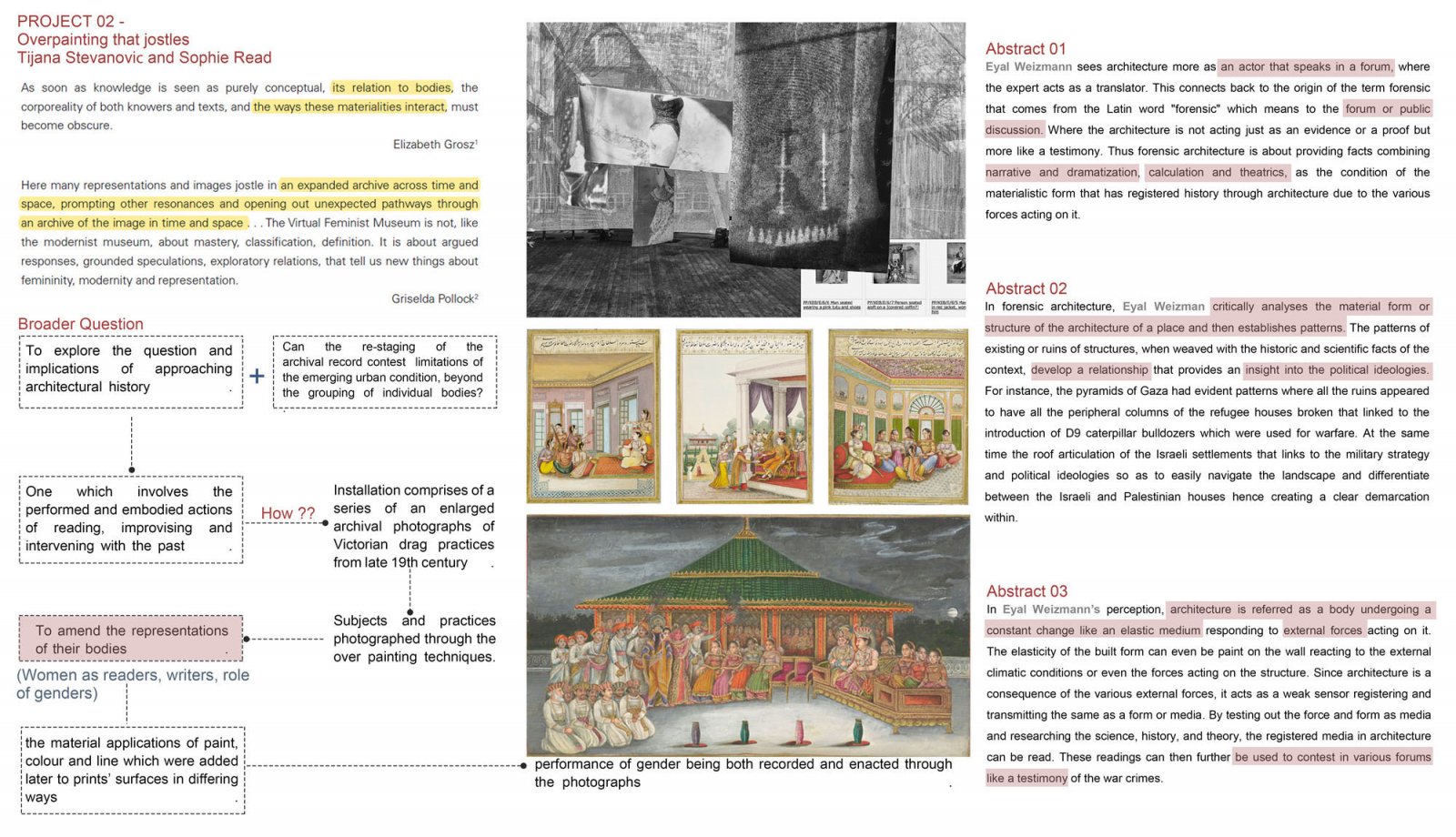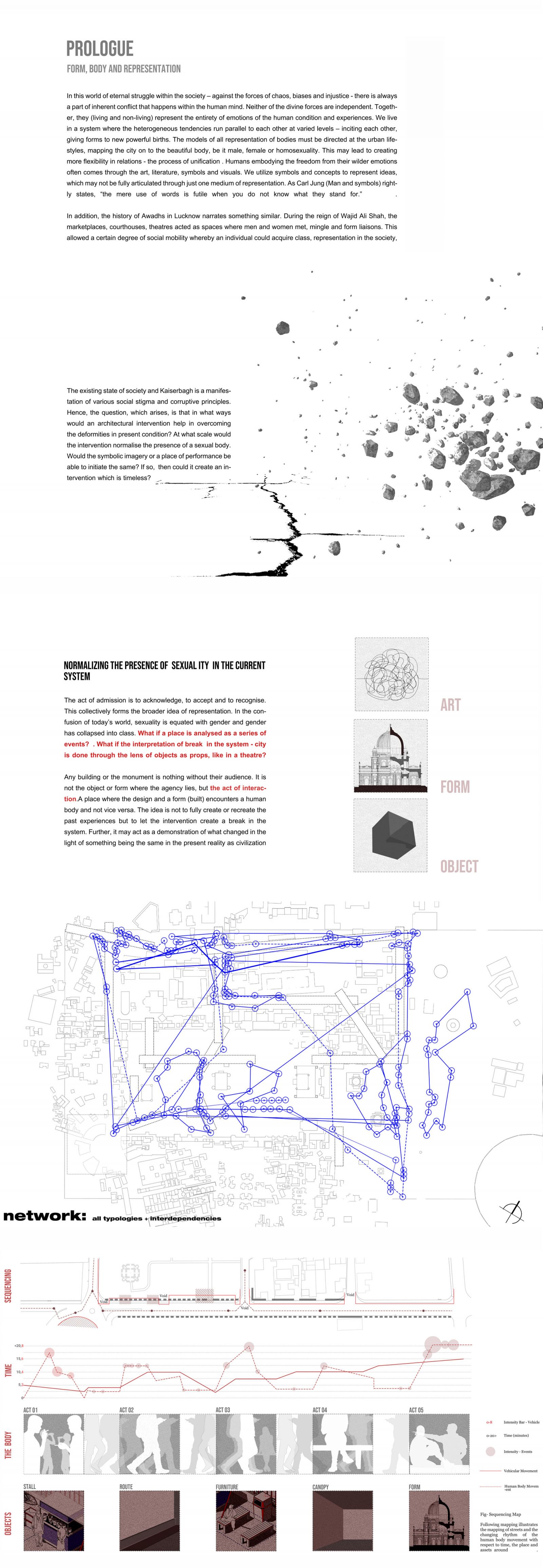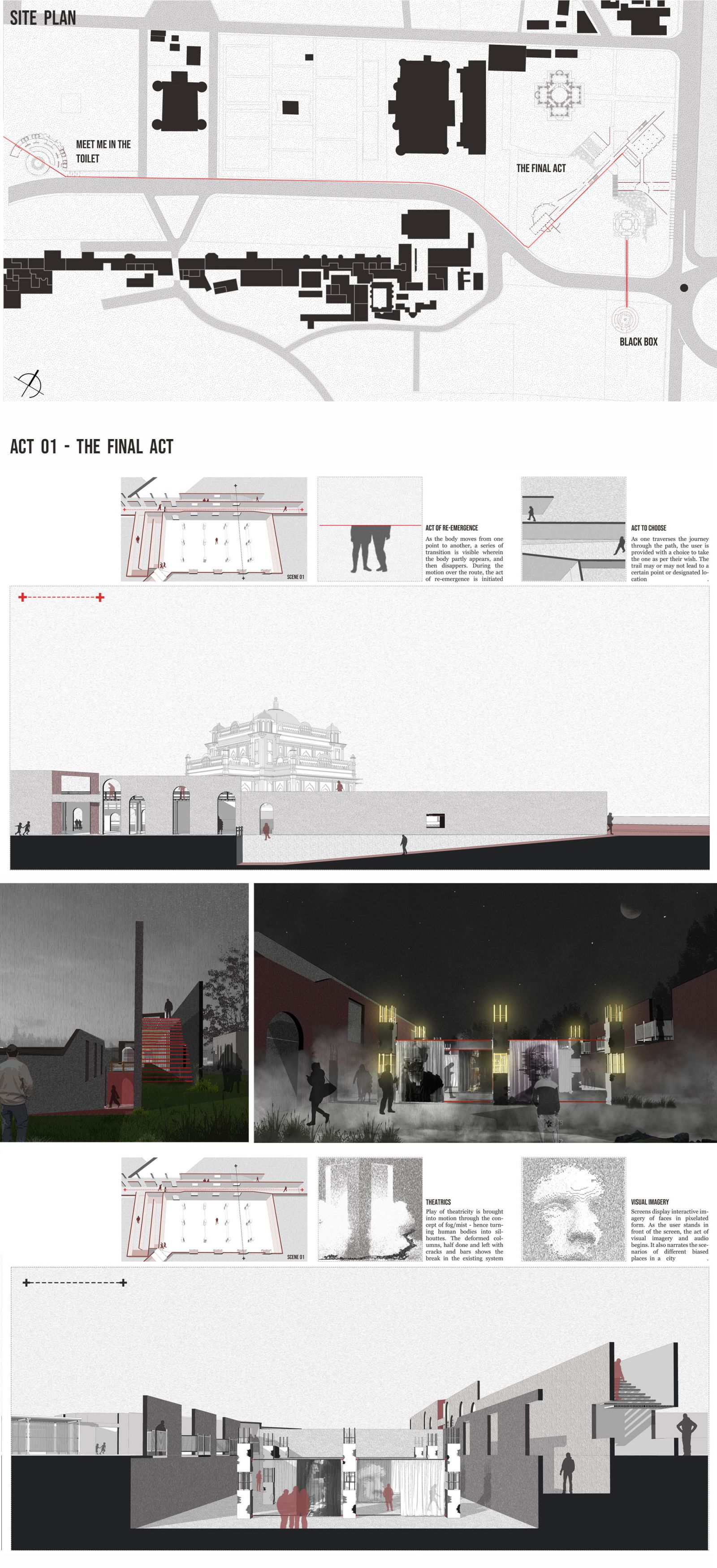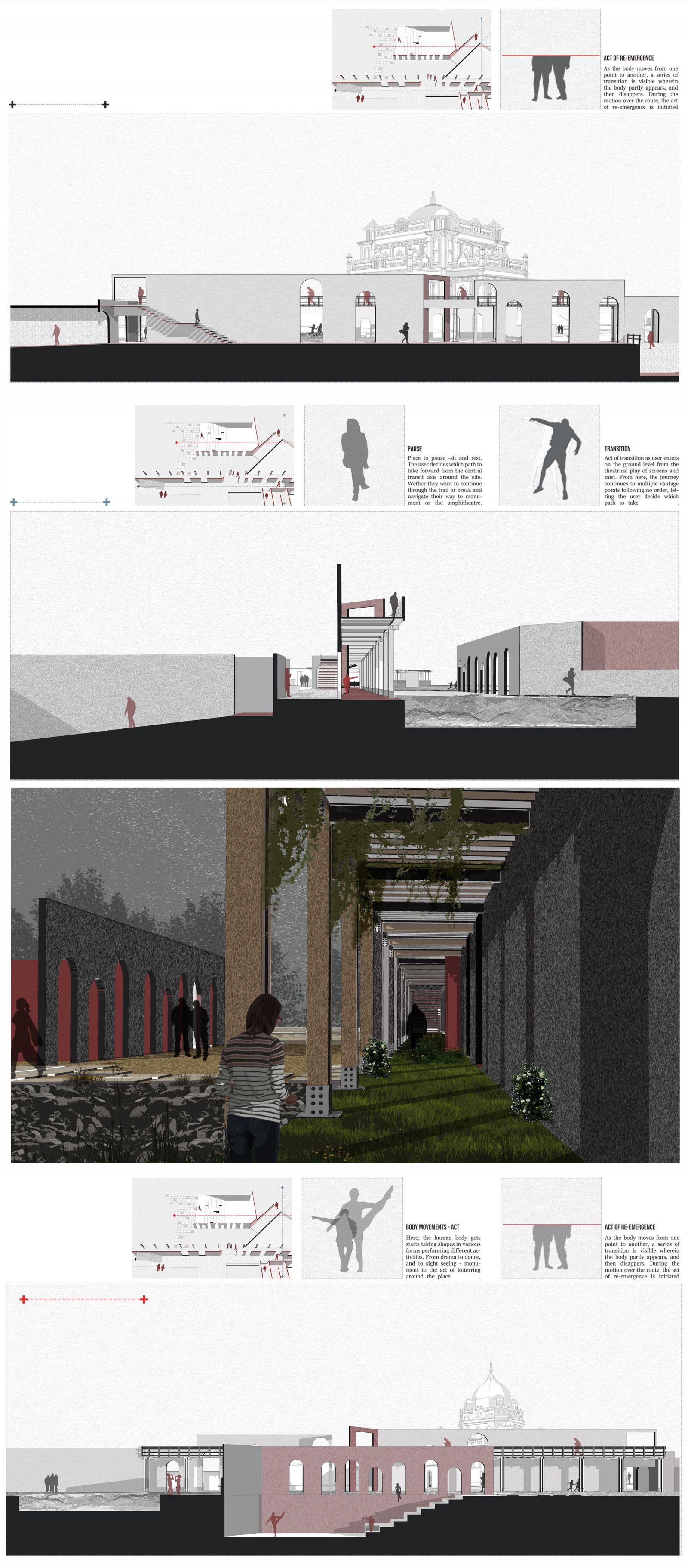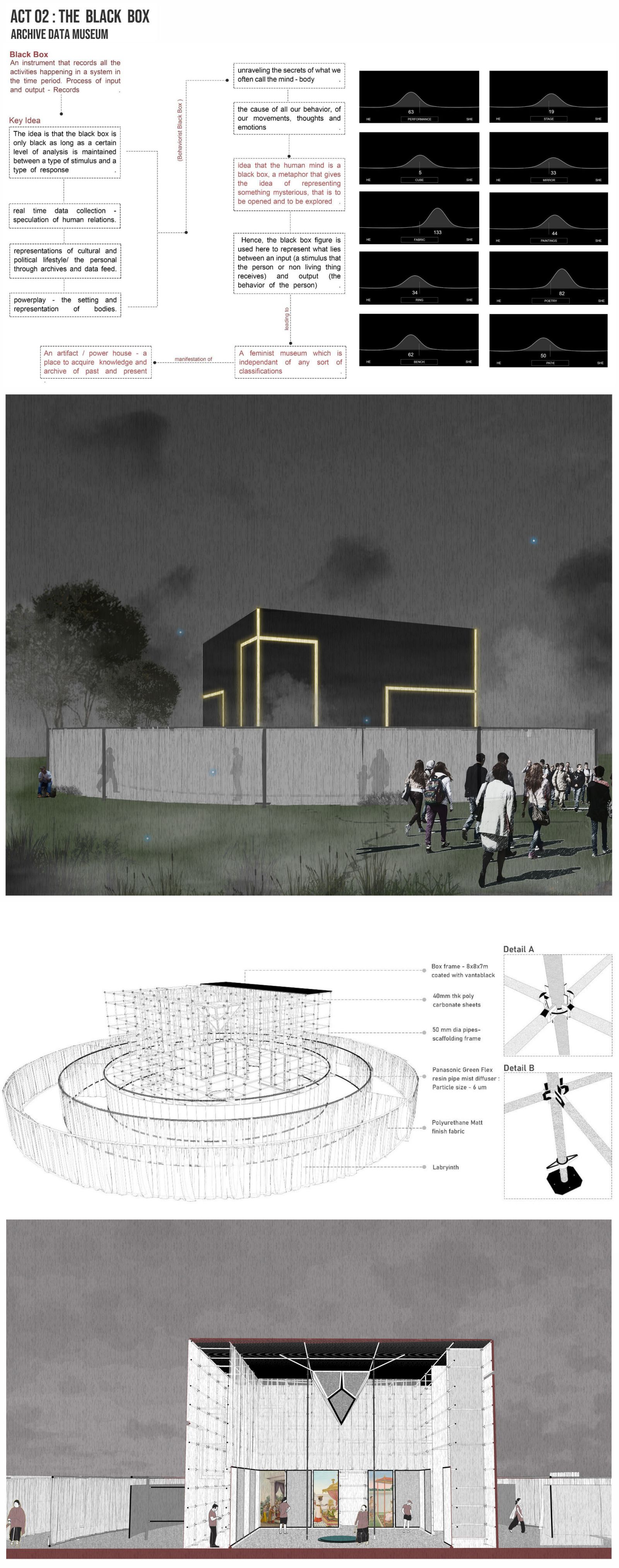Your browser is out-of-date!
For a richer surfing experience on our website, please update your browser. Update my browser now!
For a richer surfing experience on our website, please update your browser. Update my browser now!
In this world of eternal struggle within the society – against the forces of chaos, biases and injustice - there is always a part of inherent conflict that happens within the human mind. Neither of the divine forces are independent. Together, they (living and non-living) represent the entirety of emotions of the human condition and experiences. We live in a system where the heterogeneous tendencies run parallel to each other at varied levels – inciting each other, giving forms to new powerful births. The models of all representation of bodies must be directed at the urban lifestyles, mapping the city on to the beautiful body, be it male, female or homosexuality. This may lead to creating more flexibility in relations - the process of unification. Humans embodying the freedom from their wilder emotions often comes through the art, literature, symbols and visuals. We utilize symbols and concepts to represent ideas, which may not be fully articulated through just one medium of representation. As Carl Jung (Man and symbols) rightly states, “the mere use of words is futile when you do not know what they stand for.” In addition, the history of Awadhs in Lucknow narrates something similar. During the reign of Wajid Ali Shah, the marketplaces, courthouses, theatres acted as spaces where men and women met, mingle and form liaisons. This allowed a certain degree of social mobility whereby an individual could acquire class, representation in the society, irrespective of their gender and family background. However, the existing state of society and Kaiserbagh is a manifestation of various social stigma and corruptive principles. Hence, the question, which arises, is that in what ways would an architectural intervention help in overcoming the deformities in present condition? At what scale would the intervention normalize the presence of a sexual body. Would the symbolic imagery or a place of performance be able to initiate the same? If so, then could it create an intervention which is timeless?
View Additional Work
